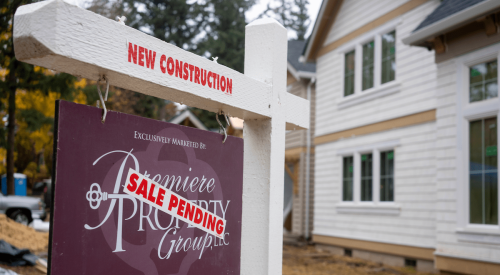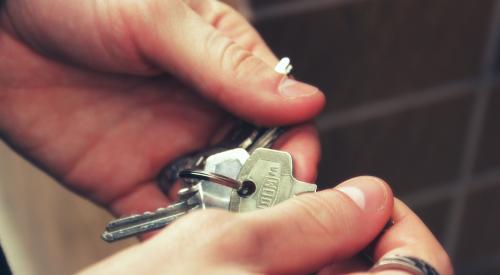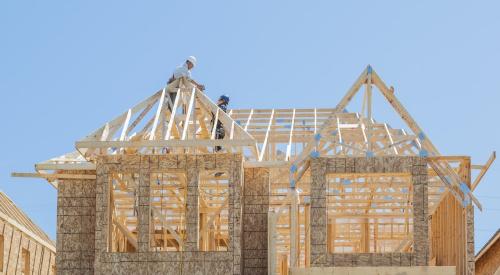Homeowners who may have a higher mortgage due to purchasing a new home still pay the same first-year costs of ownership as a homeowner of an older home, according to a National Association of Home Builders’ analysis. Overall, homebuyers can afford to pay up to a 36% premium for a new single-family home compared to an older home built before 1960. This is thanks to the operating and maintenance costs. NAHB released an analysis of operating and maintenance costs for new-home buyers earlier this week, but this updated analysis dives even deeper. According to NAHB, a home built before 1960 may have annual operating costs of $17,706 while a new-home requires $12,255 for operational costs.
The starting point in this analysis is the new homes sale price. It is set at $383,900, which is the average sale price of new homes sold in 2019, according to the Census Bureau. Using the current standard 30-year mortgage assumptions, new home buyers’ annual mortgage payments are then estimated at $18,572. New home buyers are also expected to spend 3.2% of the home’s value (or $12,255) on operating and maintaining their homes. As a result, their total first-year homeownership costs add up to $30,826.1
The calculations are then repeated for each vintage category under the constraint that all home buyers have identical annual homeownership costs of $30,826. Because the annual operating costs per dollar value are higher for older homes, buyers of older homes are restricted to making smaller mortgage payments.












